Birdwatching in Kakadu: Discover Iconic Birds & Top Spots
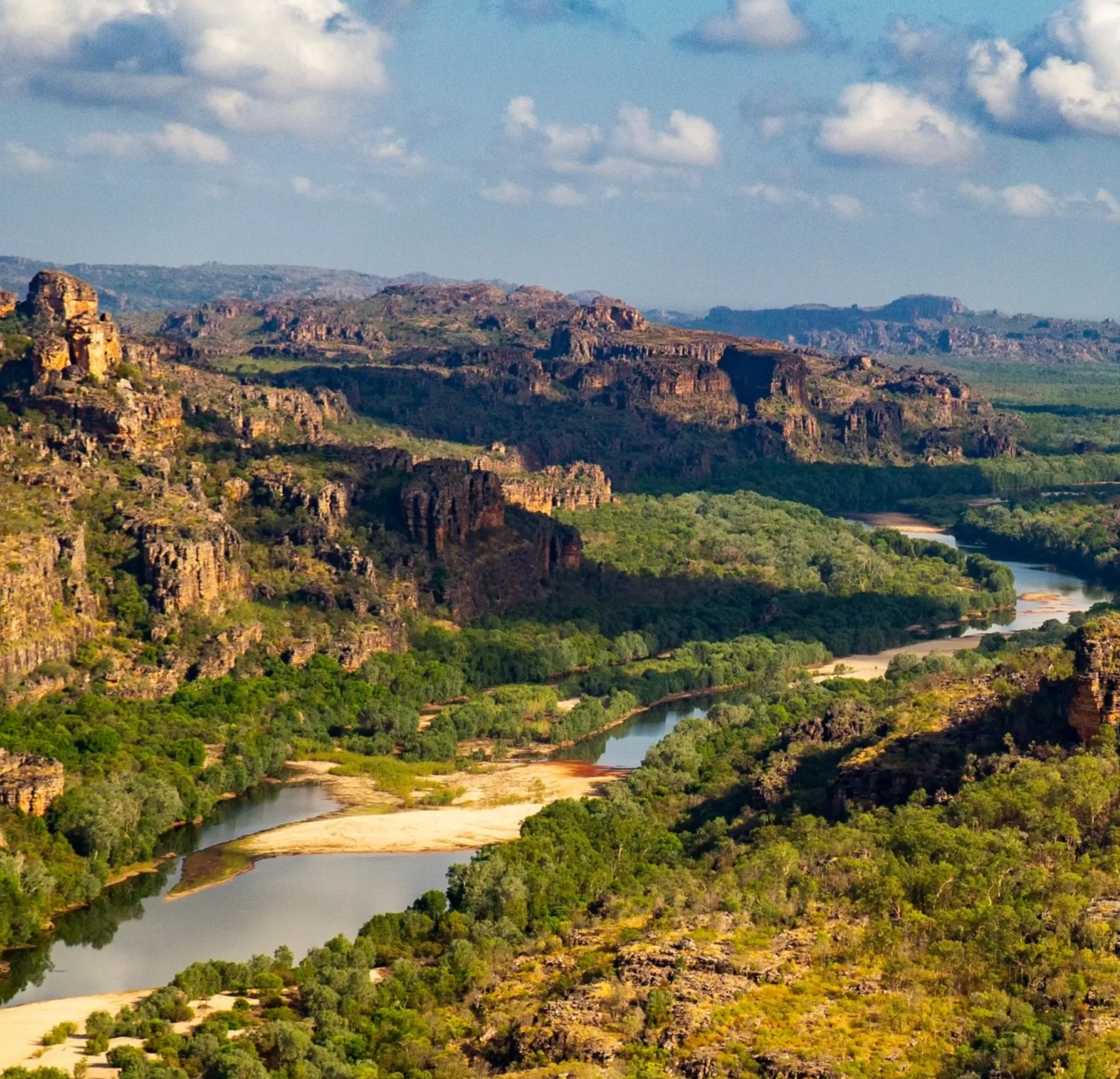
Kakadu National Park, a UNESCO World Heritage site in Australia’s Northern Territory, is full of life and beauty. Among all the many wonders of the park, the birds are a major highlight. With over 280 species recorded, Kakadu has one of the most diverse bird habitats in the world. From wetlands full of water birds to woodlands full of parrots and cockatoos, birdwatching in Kakadu is a real treat. You’ll see birds like the Chestnut-quilled Rock Pigeon, Northern Rosella and the stunning Rainbow Bee-Eater.
When to Birdwatch in Kakadu
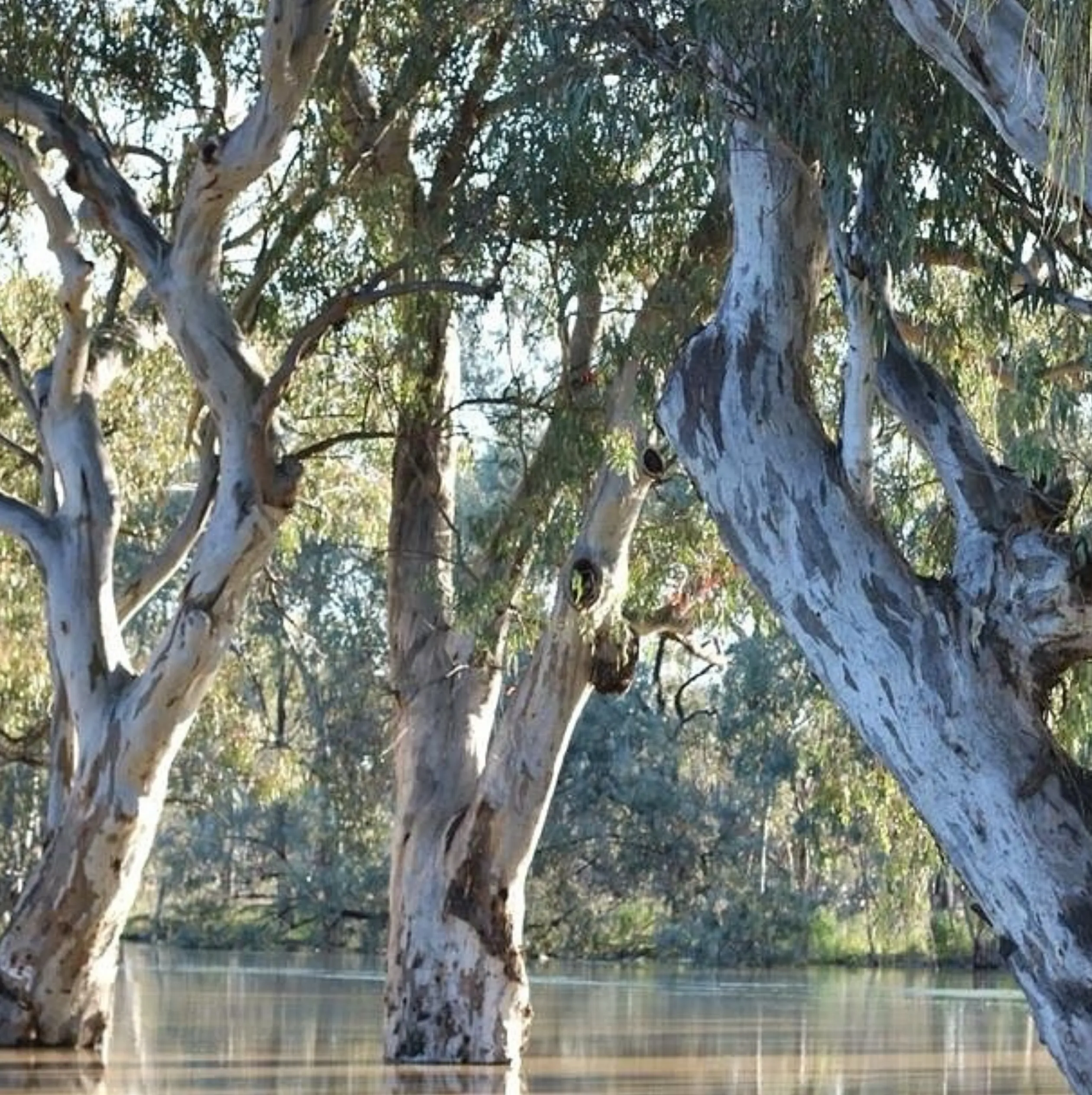
The time of year you visit makes a big difference to your birdwatching. Kakadu’s dry season, from May to October, is the best time to see birds. During this time, water sources dry up, and birds congregate around billabongs, rivers and wetlands like the South Alligator River and Mary River. The wet season, from November to April, brings in migratory birds and turns the landscape into a green oasis, giving you a different but still rewarding birdwatching experience. It’s also breeding season for many birds, so you’ll see unique behaviour during mating season.
Kakadu’s Iconic Birds
Kakadu has some of Australia’s most iconic birds. Here are a few:
The Jabiru (Black-Necked Stork)
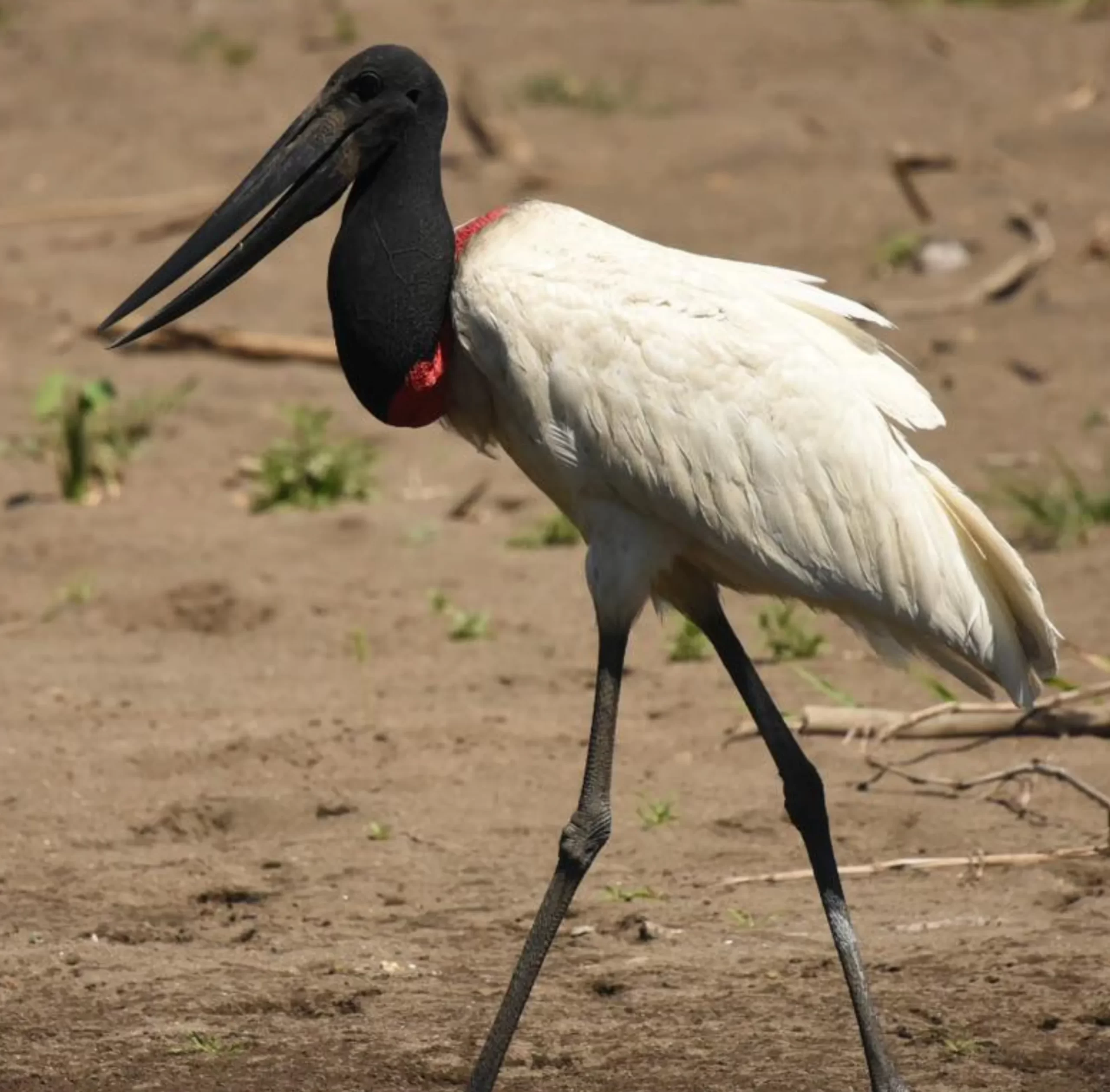
The Jabiru, or Black-Necked Stork, is a beautiful and rare sight in Kakadu. With its iridescent black neck and long red legs, it can be seen wading through wetlands looking for fish and amphibians.
The Rainbow Bee-Eater
This small bird is a visitor’s favourite. Known for its bright plumage and acrobatic flight, the Rainbow Bee-Eater can be seen perched on branches or flying through the air after insects.
The Gouldian Finch
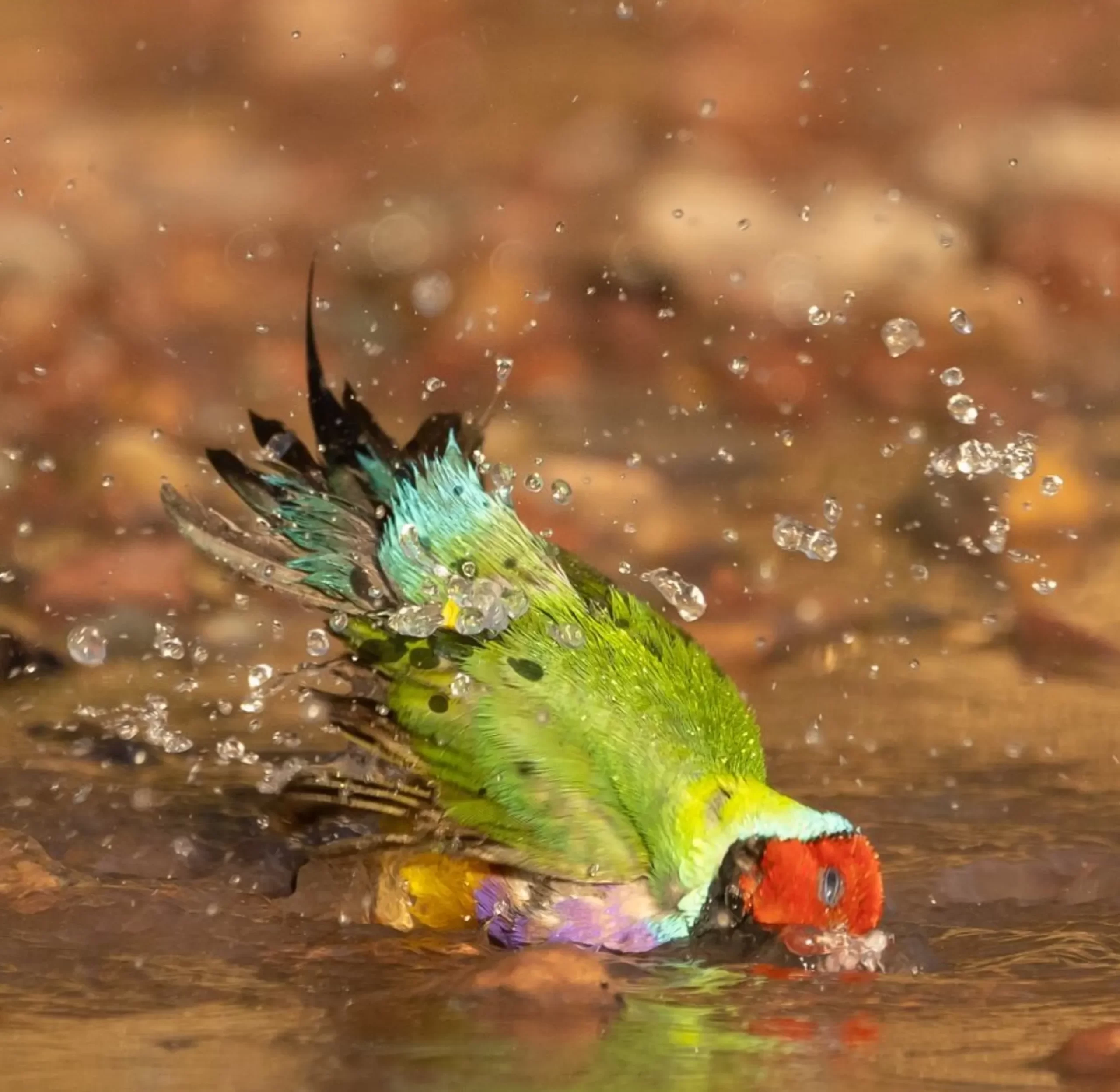
The Gouldian Finch, one of Australia’s most beautiful and endangered birds, can be seen in Kakadu occasionally. Its bright colours and striking patterns make it a birdwatcher’s holy grail.
The Kingfishers
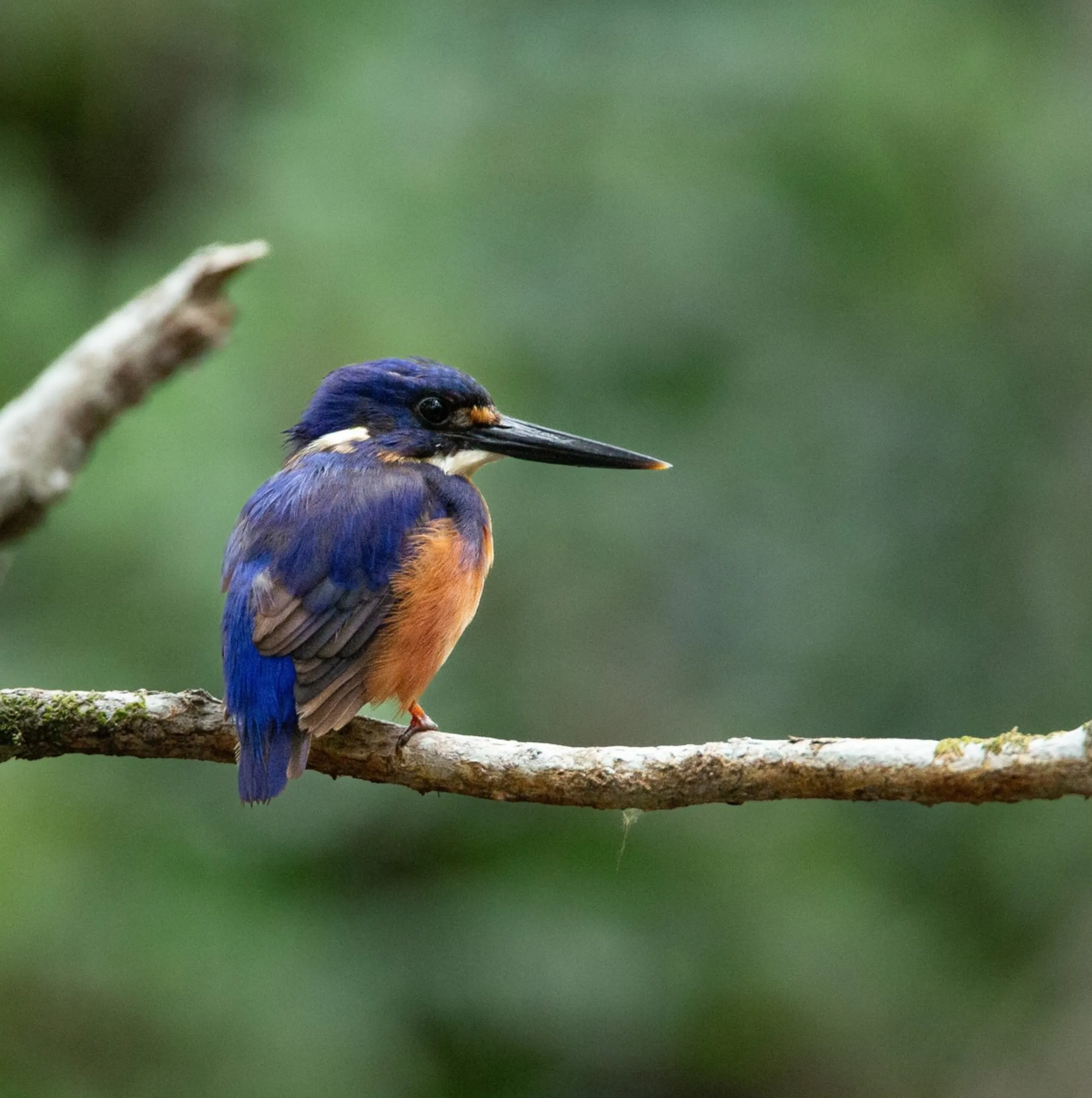
Kakadu has several species of kingfishers, including the Azure Kingfisher, Red-backed Kingfisher and Sacred Kingfisher. These birds are often found near water, diving down to catch fish.
Double-barred Finch and Partridge Pigeon
The Double-barred Finch, a lovely little bird with black bands and the Partridge Pigeon, a ground-dwelling bird, are just a few more of Kakadu’s birds.
Wetland Birds: A Waterfowl Paradise
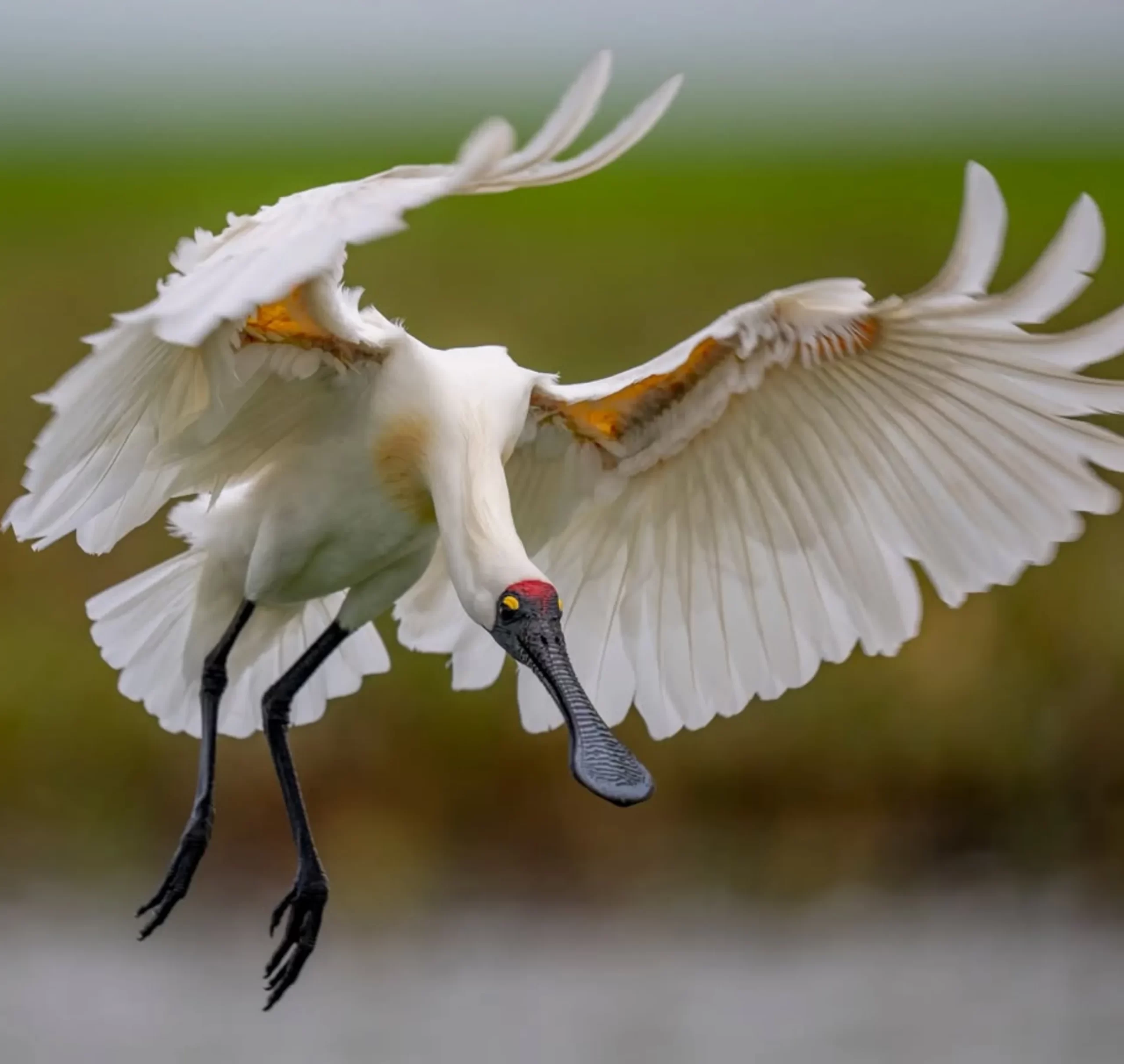
The wetlands of Kakadu, including Yellow Water Billabong, are a waterfowl and aquatic bird haven. Here you’ll see:
- Magpie geese in big numbers
- Green Pygmy Geese with their bright colours
- Comb-crested jacanas (Jesus birds) walking on lily pads
- The majestic Royal Spoonbill and Gull-billed Tern These wetlands are critical feeding and breeding grounds for many bird species and offer a wildlife experience like no other.
Raptors and Birds of Prey
Kakadu’s skies are home to many raptors. Here you’ll see:
- White-Bellied Sea Eagle: Soaring above rivers and wetlands
- Black Kites: Hunting in the open areas of the park
- Brown Falcons: Agile and adaptable hunters
Woodland and Grassland Birds
Kakadu’s woodlands and grasslands have:
- Parrots and Cockatoos: Sulphur-Crested Cockatoo and Red-Tailed Black Cockatoo
- Northern Rosella: A local parrot
- Masked Finches and Long-Tailed Finches: Small social birds in grassy areas
- Brown Honeyeater, White-lined Honeyeater and Banded Honeyeater: Honeyeaters
Endangered and Rare Birds in Kakadu
Kakadu is home to several endangered and rare birds. Conservation efforts are focused on protecting habitats for birds like the Hooded Parrot, Chestnut-quilled Rock Pigeon, and Gouldian Finch. BirdLife International supports these initiatives. Habitat loss and climate change are big threats, but the park management is actively working to save these vulnerable populations.
Birdwatching Tips in Kakadu National Park
To get the most out of your birdwatching:
- Bring the Right Stuff: Binoculars, an Australian Bird Guide and a camera
- Plan Your Day: Early morning and late afternoon are the best times to see birds
- Visit the Hotspots: Yellow Water Billabong, Mamukala Wetlands and Nourlangie Rock
- Get an Expert: Engage with a bird guide for more birding knowledge.
- Use the Birding Platforms: Bird-watching platforms are the best vantage points.
Guided Tours and Birdwatching Experiences
If you want expert guidance, Kakadu has several birdwatching tours led by experienced guides. These tours will give you insights into bird behaviour, habitats and the cultural significance of birds to the local Indigenous communities. Here’s what you’ll see:
- Birds of prey cruises on the big rivers
- Monsoon Forest treks to see birds like Shining Flycatcher, Broad-billed Flycatcher and Lemon-bellied Flycatcher
- Kakadu Bird Week, an annual bird festival
Conclusion: A Birders’ Paradise
Kakadu is a bird lovers’ haven where you can see some of the world’s most amazing and varied bird species. Whether you’re a keen birder or just a nature nut, Kakadu’s birds will leave you inspired and in awe of Australia’s beauty. Multi-coloured birds like the rainbow pitta, brown birds like the Rufous Whistler and iconic birds like the Tawny Frogmouth, Kakadu National Park have more bird life than you can poke a stick at. Book Darwin Day Trips to Kakadu now, check out Avibase – Bird Checklists for a full bird list and see why Kakadu is a birdwatcher’s paradise.
FAQ
Where are the best places to birdwatch in Kakadu National Park?
Yellow Water Billabong, Mamukala Wetlands and Nourlangie Rock are the top spots. These areas have a wide variety of bird species and are great for water birds, raptors and woodland birds.
What do I need to bring for birdwatching in Kakadu?
Binoculars, a camera and a field guide (Australian Bird Guide) are essentials. Comfortable clothing, sunscreen and insect repellent are also recommended.
When is the best time to visit Kakadu for birdwatching?
The dry season (May to October) is best for birdwatching as water sources concentrate birds in specific areas. The wet season (November to April) is great for migratory birds and breeding behaviour.
Are there guided birdwatching tours in Kakadu?
Yes, Kakadu has several guided tours including birds of prey cruises and Monsoon Forest treks. These tours are led by expert guides who will give you insights into the park’s birdlife and habitats.
Which rare or endangered birds can I see in Kakadu?
Kakadu has the Gouldian Finch, Hooded Parrot and Chestnut-quilled Rock Pigeon. Conservation programs are in place to protect these species and their habitats.